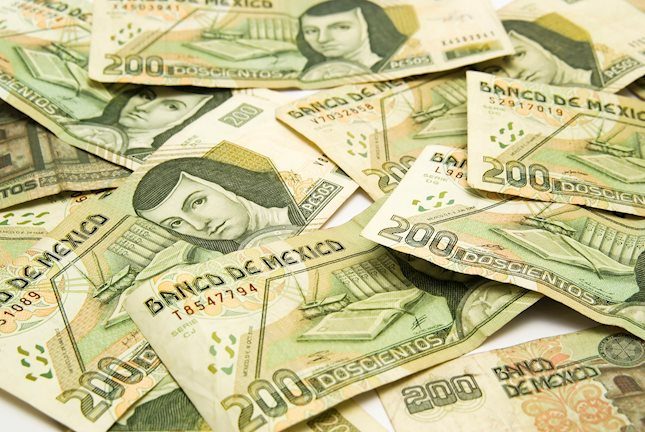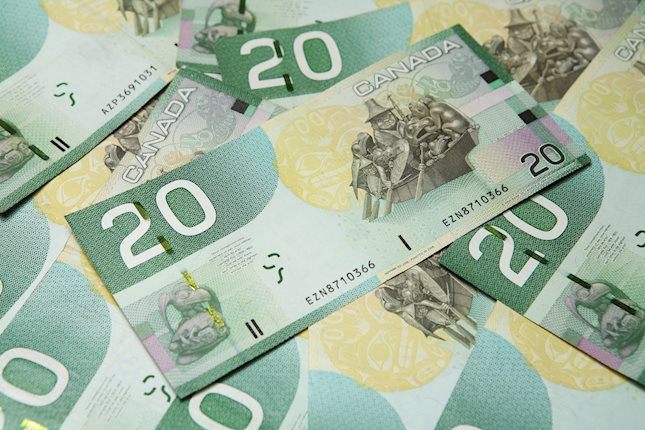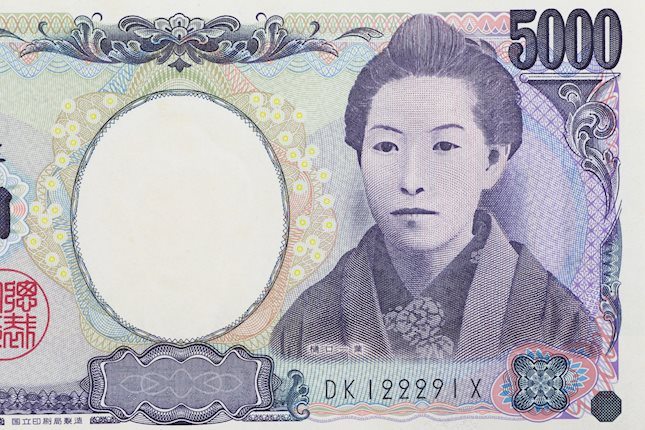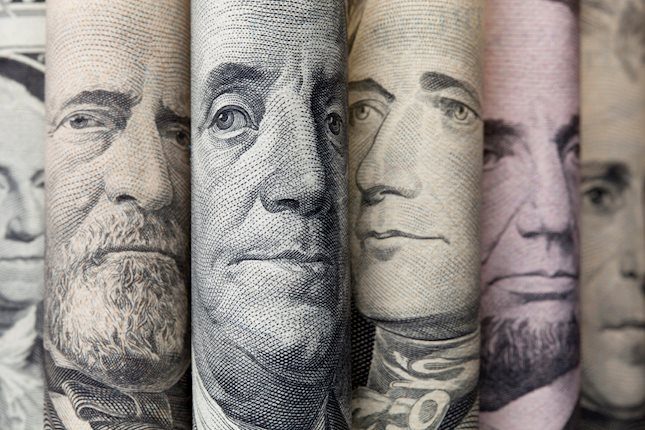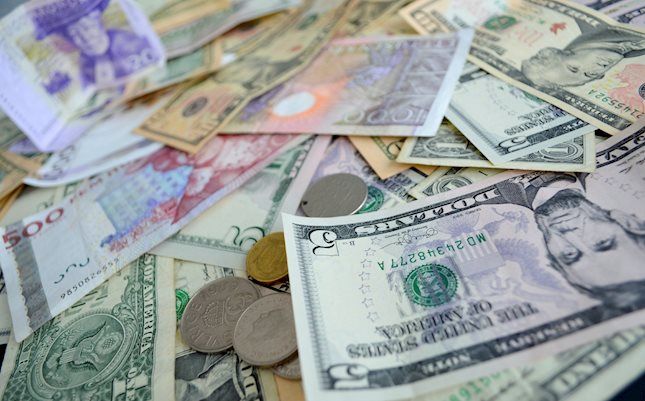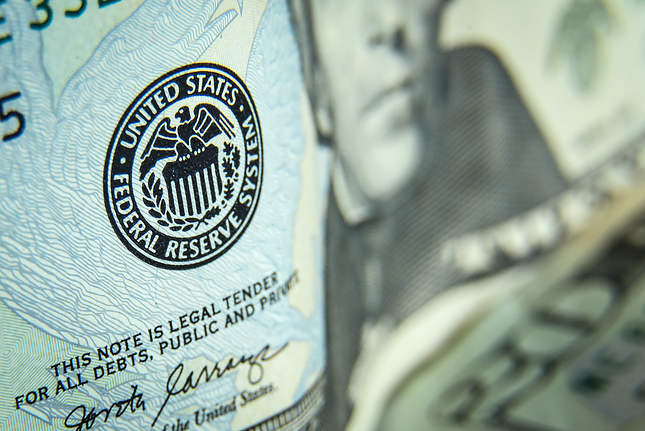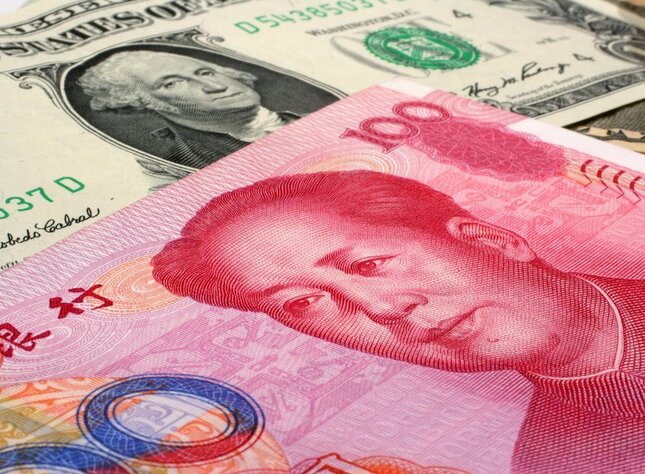-
Opps!
This language contents are not available!

Asian currencies: A more volatile environment – Commerzbank
Asian currencies have been on a roller-coaster ride in the past three months or so. The volatility stems from the recent strong rebound in the USD as the market dialed back the extent of Fed rate cuts in the coming year. Asian currencies rallied strongly against the USD and peaked at the end of September. It was led by the Malaysian Ringgit (MYR), Thai Baht (THB), and Singapore dollar (SGD), Commerzbank’s FX analyst Charlie Lay notes.
Asian currencies seem too volatile for now
“Since then, they have reversed sharply and weakened further against the USD after the US election result. For example, Asian currencies ex-Japan rose 1.8% vs USD on average from the start of the year to the end of September. Since then, they have flipped to -1.8% vs USD year-to-date, representing a near 4% turnaround in just over a month. The more pertinent aspect is that volatility and policy uncertainties will likely persist in the coming months.”
“The top concern will be how forcefully and quickly the new Trump administration will implement its trade policies. For example, President-elect Trump has threatened 10-20% tariffs on all imports arriving in the US and 60-100% tariff on Chinese imports. China and the rest of Asia may tolerate weaker currencies to cushion the impact of tariffs.”
“However, they will also be cognizant of the importance of ensuring investor confidence, which may entail maintaining a certain degree of FX stability. It will be a delicate balancing act for policymakers going forward. In terms of implications for monetary policy, weaker Asian currencies and higher volatility are likely to restrain some central banks from shifting to an overly dovish stance too soon. This is relevant for India and Singapore.”
Forex News
Keep up with the financial markets, know what's happening and what is affecting the markets with our latest market updates. Analyze market movers, trends and build your trading strategies accordingly.
